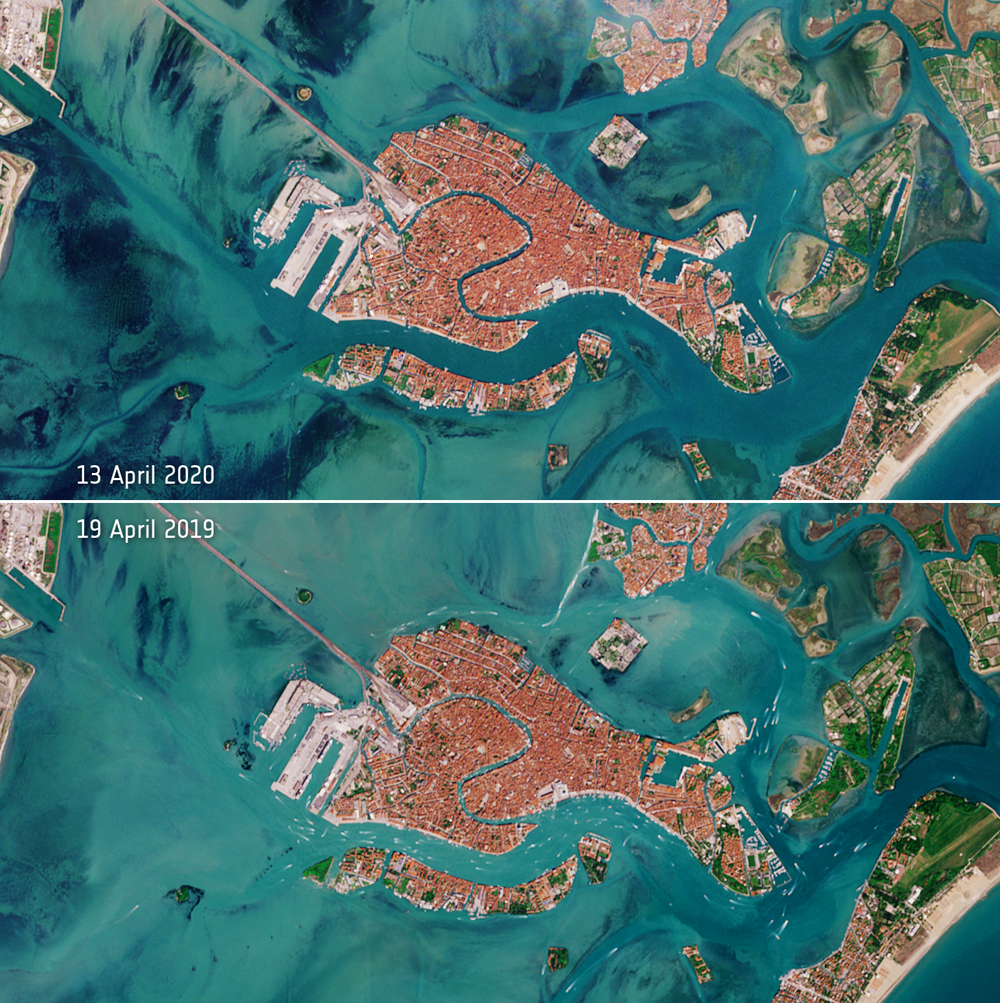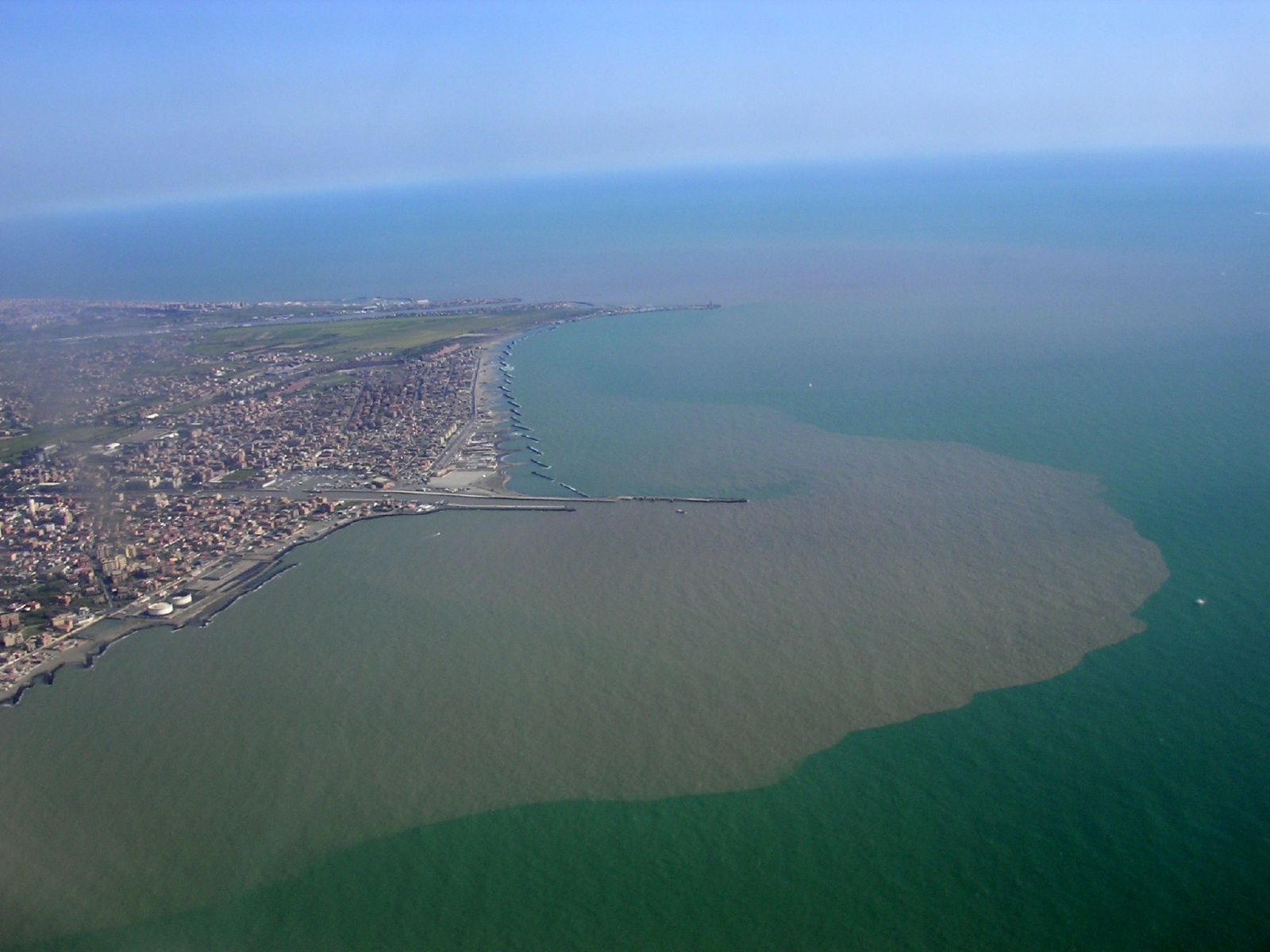SNAPSHOT: the pandemic and post-pandemic marine environment at a glance Synoptic Assessment of Human Pressures on key Mediterranean Hot Spots
On March 9, 2020 Italy enters the lockdown phase. To contain the spread of Sars-Covid 19 coronavirus infection, non-essential economic activities are interrupted and the population is induced to stay at home. Other European and Mediterranean countries will follow with the same measures.
This choice, indeed, also starts an experiment, unique in its kind and unprecedented since the post-war period, of drastic reduction of anthropic impact on the environment, including the marine-coastal system, and especially in the areas of significant release of pollutants, represented by large urban and industrial agglomerations.
What are the effects of this exceptional situation on water quality, health of the marine ecosystem and pollution? What will happen with the reopening of activities: will the pre-lockdown situation be restored and in how much time? Will the economic recovery allow respecting the environment and a sustainable exploitation of resources?
Can the scientific community recalibrate efficiently field data acquisition, supporting open data policies, and big data analytics? Can the population be engaged in an inclusive and participatory evidence-gathering process leading to a more widespread awareness of environmental problems and ecosystem health impacts?

The SNAPSHOT project contributes to the informed public debate trying to answer the above questions through an observation campaign involving scientists and citizens with the common aim of producing a series of sea-snapshots during and after lockdown, complying with the social distancing measures foreseen by law.
The survey will cover some of the Mediterranean marine and coastal environments most affected by anthropogenic pressures (hotspots), often linked to economic and productive sectors that have been disrupted, and will continue over time to appreciate the changes even after the resumption of activities.

SNAPSHOT objectives
Main objectives of the project are:
- to test the evolution of the anthropic impact on the marine-coastal system following the lockdown in Mediterranean areas with high urban and/or industrial density;
- to quantify in a synoptic way, the good environmental status of the sea (GES) at the end of the lockdown phase, by directly applying open data approach followed by further elaborations;
- to integrate measures from scientific networks’ observation sites, adding (i) ad hoc measures in coastal hotspots subject to maximum change, (ii) qualitative evidence from observations of citizens according to the Local Ecological Knowledge approach;
- to build a shared vision among different actors by engaging citizens of the mapped areas and relevant stakeholders, e.g. fishermen, in data acquisition, interpretation and validation, as well as in the discussion on the project results and its perspectives.
snapshot in a nutshell
What
- quantify the evolution of anthropogenic impact on the marine-coastal system following the lockdown in areas with high urban density also taking into account the complexity of changes driven by annual and climatic (multi-annual) time scales;
- identify sources of impact and measure their contribution over successive time steps in the coming year;
- disentangle the variability linked to the evolution of the anthropic impact from the Contacts through the analysis of anomalies of Ocean Colour satellite products from Sentinel-3 OLCI at the maximum spatial resolution (300 m), compared to average climatological trends on monthly and weekly base for the rapid response periods (the first 11-15 May);
- acquire, in an inclusive way (acting as a hub), information from the scientific community and society, in order to define current “trends” in a participatory way;
- involve stakeholders and citizens in the evaluation of the desirability of the various factors that characterize the reduction of anthropic impact, triggering a public debate, which should be informed and participated, allowing people to report effects on ecosystems close to them, and to contribute to identify solutions to achieve the desired change;
- take into account the modified anthropogenic pressures on the environment during the lockdown period by acquiring data from environmental agencies, municipalities, port authorities, associations and individuals;
- define the impact dynamics during subsequent phases of system evolution;
- provide indications on sustainable management of the megacities systems and identify the structure of the impact also to develop urban regeneration strategies;
- define the natural background of specific components of the impact on the natural system in the months to come.
Who
BlueMed Community supported by the BlueMed-CSA.
Where
Italy: the Italian Bluemd community is starting the study offshore major coastal cities strongly impacted in their economy (industry, tourism, transport) during the lock down phase.
Mediterranean basin scale: it is proposed to focus in correspondence with the main cities on the Mediterranean shores such as: Barcelona, Marseille, Tunis, Algiers, Athens, Istanbul … depending on availability of the Bluemed partners and related Institutions.
When
Timeframe: May 2020 – May 2021 (1 yr)
Contacts and more info
- Write to: bluemed[at]cnr.it
- collaborative website: http://snapshot.cnr.it/

